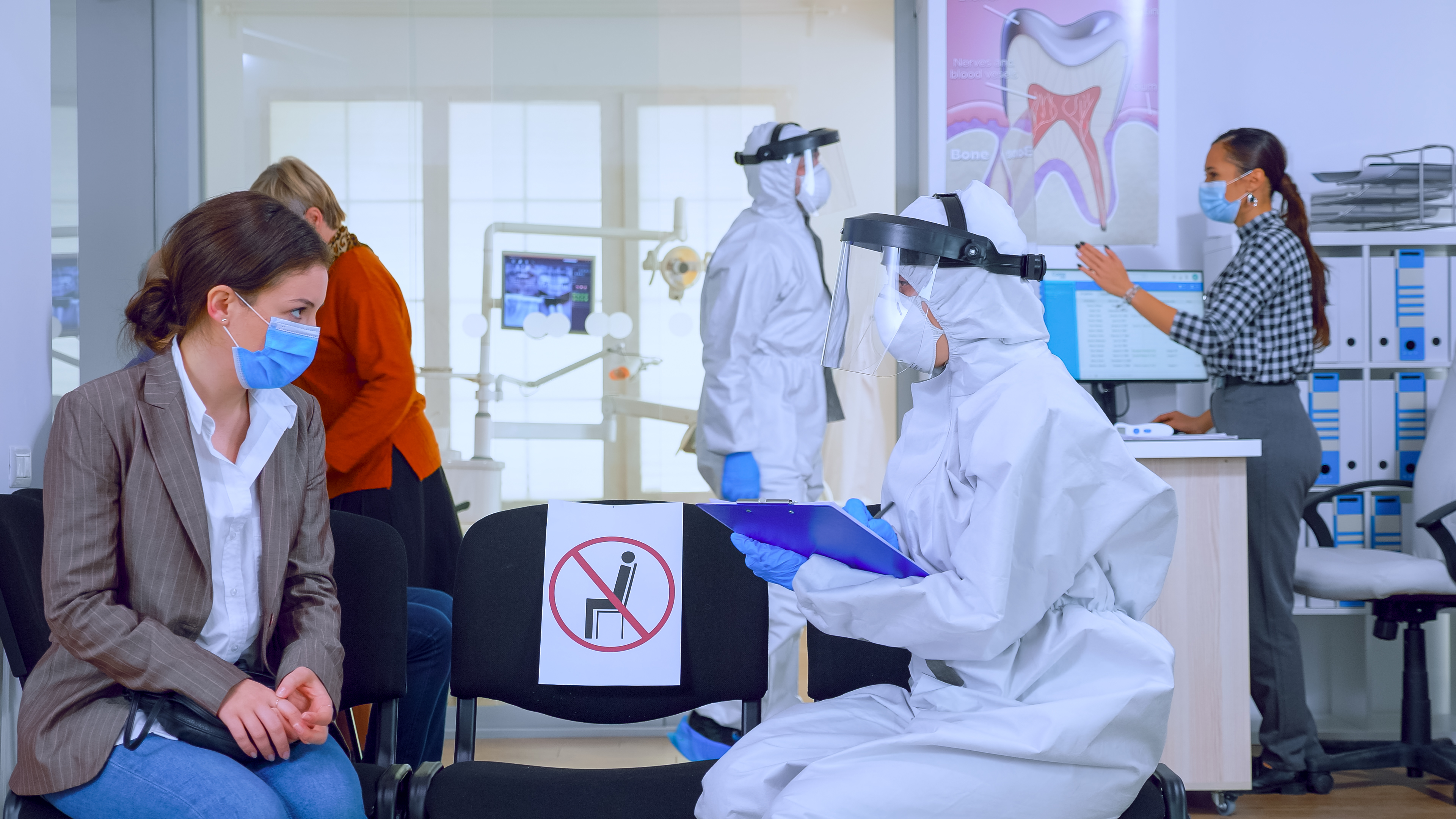Health and Safety in Care Setting
The purpose of the course "Health and Safety in Care Settings" is to provide nurses, caregivers, and healthcare workers with guidance on how to protect staff and patient health. This extensive course covers all the important topics needed to provide quality treatment.
Health and Safety Laws:
Acquire knowledge of the essential health and safety laws that apply both domestically and internationally. To guarantee compliance, this calls for knowledge of the laws, policies, and procedures controlling the healthcare industry. You may help create a safe atmosphere for all those involved in care settings by adhering to these rules.
Evaluating and Taking Risks:
Examine the specifics of recognising and controlling risks in care settings. With the help of this course, you will learn how to assess any issues and take appropriate action to ensure that buildings are safe from mishaps and injuries. Keeping a place safe requires effective risk management.
Prepared for Emergencies:
Arm yourself with useful information on responding to crises, such as first aid protocols, fire safety, and evacuation routes. The importance of effective communication and collaboration is emphasized because these are essential for overcoming obstacles as a group and guaranteeing everyone's safety in an emergency.
Stopping and Controlling Infections:
Acquire the necessary skills to stop infections from spreading. This entails wearing personal protective equipment (PPE), following hygiene
regulations, and receiving the required vaccines. Participants will be aware of how critical it is to keep a clean atmosphere in order to protect healthcare professionals' and patients' health.
Essentially, the goal of the course "Health and Safety in Care Settings" is to convey knowledge and practical skills necessary to establish a safe and healthy care environment. Through the implementation of health and safety protocols, risk assessment, emergency planning, and infection control, participants significantly contribute to the enhancement of individuals' well-being within care environments.
Lessons
Brief Description of Health and Safety in Care Setting
Module one covers laws, rules, and procedures, as well as the many tasks of key care workers. However, fundamental notions must be addressed first. Throughout this course, "resident" has been used to refer to care recipients.
Module 2: Employee Responsibilities
This webinar will discuss the mechanisms needed to provide best care for all stakeholders. Our conversation will begin with care planning. A care plan is a comprehensive plan created with the resident to meet their health and social needs.
Module 4: Accidents and Illness Part 1
Module 5: Accidents and Illness Part 2
Module 6: Moving and Handling
Module 7: General Hazards: Fires, Gas and Electricity
Module 8: Aggression, Violence, Security and Stress
Module 9: Work Environment and Welfare





